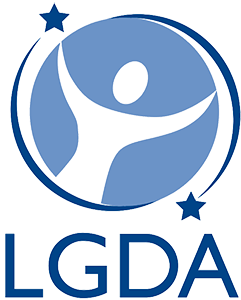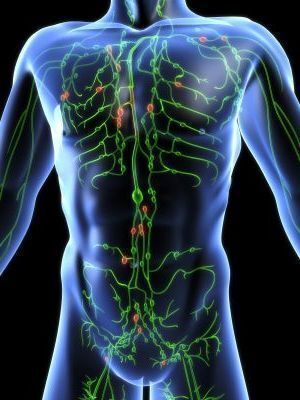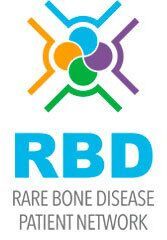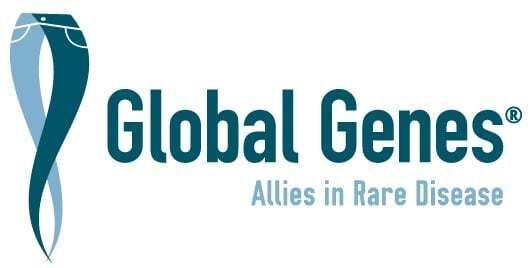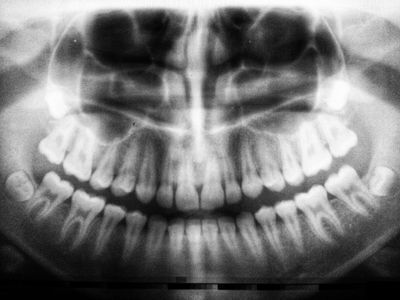
This post is based upon the published paper:
- Federici Francesca Romana, Giovanni Barbini , Gianluca Pingitore, Gabriele Miccoli, Massimo Galli. Gorham-Stout Disease. case report and narrative literature reviews. Annali Di Stomatologia, 16(2), 126-138. https://doi.org/10.59987/ads/2025.2. 126-138
Most of us take the strength of our bones for granted—especially in the face, where we rely on them for eating, speaking, and expressing emotion. But in rare cases, those bones can quietly vanish. That’s what happened to a 67-year-old woman in Italy, who began noticing loose teeth and ended up being diagnosed with Gorham-Stout Disease.
A Unique Case of GSD in the Jaw and Face
In this case, a 67-year-old woman first noticed that her upper right molars were loose. Her dentist initially thought it was ordinary gum disease and treated it accordingly. But the teeth kept loosening, and soon, she developed pain, facial flattening on one side, and double vision.
Further examination and advanced imaging revealed something more serious: her upper jawbone, cheekbone, and part of her eye socket were deteriorating. A biopsy confirmed it was Gorham-Stout Disease.
How It Was Treated
She was treated with a drug called zoledronic acid, which is typically used to slow down bone loss in conditions like osteoporosis. She received monthly infusions, along with calcium and vitamin D supplements.
Remarkably, after a year of treatment, the disease had stopped progressing. Her pain was gone, her teeth were stable, and imaging showed no further bone loss. Her medical team now plans to reconstruct the damaged bones, since the disease appears to be under control.
Why This Case Matters
This case is significant for several reasons:
- Adult-onset GSD: While commonly diagnosed in younger patients, this case highlights that GSD can present in older adults and should be considered in the differential for atypical dental findings.
- Pharmacologic therapy as primary treatment: Bisphosphonate monotherapy proved effective in halting disease progression, particularly valuable when surgical or radiation options are limited by anatomical risks.
- Interdisciplinary care is crucial: Collaboration between dental, maxillofacial, radiology, pathology, and medical teams led to optimal patient outcomes.
The Role of Dentists in Diagnosing Rare Conditions
Perhaps the most important takeaway is the role that dentists played in this story. Tooth mobility and jawbone changes are common in dental offices, but they can also be the first signs of something rare and serious.
